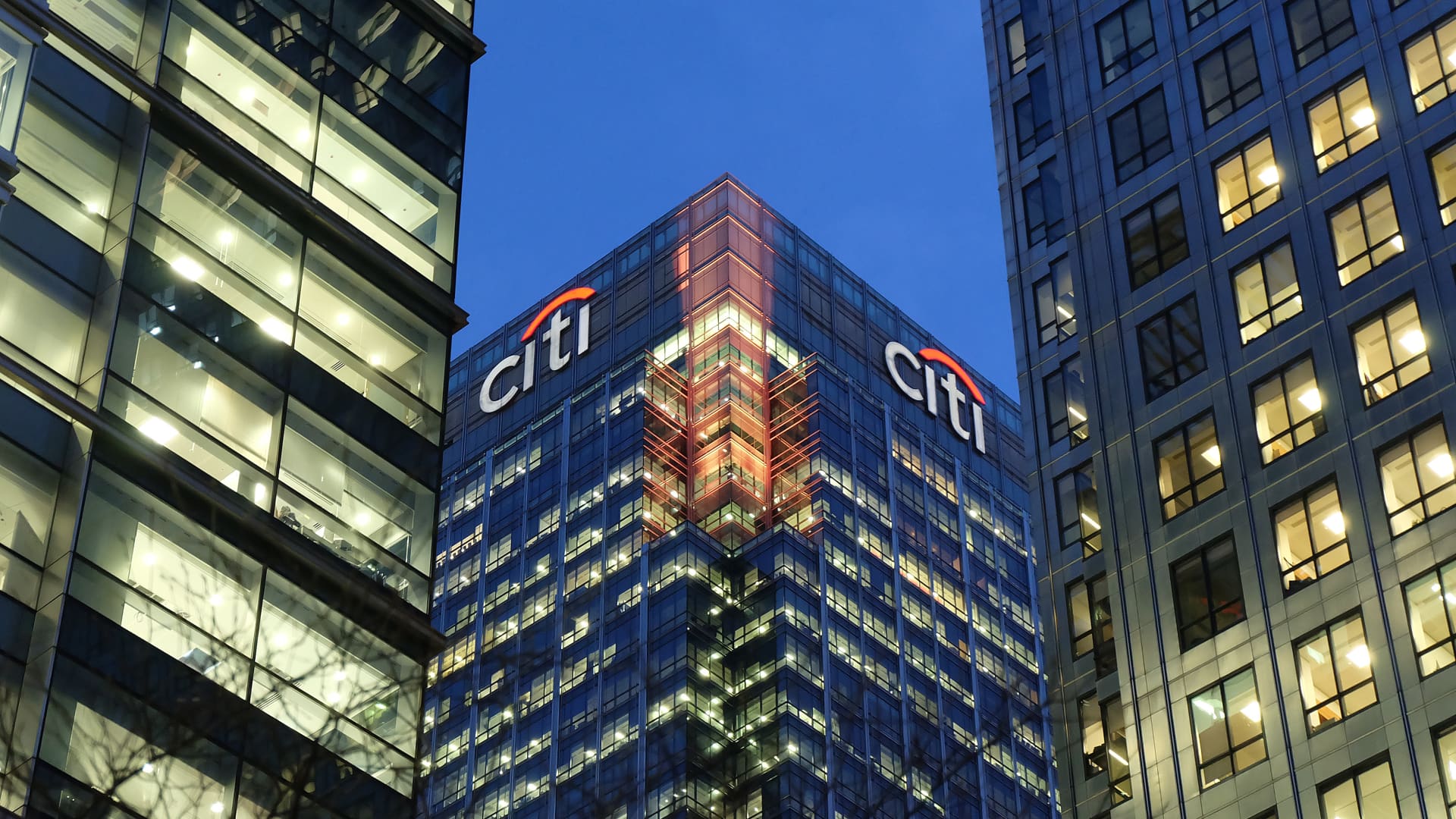LONDON — U.K. inflation is on course to exceed 18% in January as the country’s energy price cap enters the stratosphere, Citi economists are projecting.
In a research note dated Sunday, the U.S. banking giant updated its forecasts for the consumer price index and retail price index to 18% and 21%, respectively, in the first quarter of 2023. This is based on the assumption of a £300 policy offset applied to household energy bills from October through to 2024.
Energy regulator Ofgem will this week announce the scale of the next price cap increase from Oct. 1, and Citi expects a rise to £3,717 per year ($4,389) from the current £1,971 for an average household. The price cap essentially limits the amount a supplier can charge for their tariffs, but this limit has surged higher recently due to the rise in wholesale prices — meaning Brits have seen bills skyrocket.
Market research firm Cornwall Insight recently predicted that the cap would rise to £4,266 in January, while consultancy firm Auxilione forecast last week that it would exceed £6,000 by the spring.
Benjamin Nabarro, senior associate in the global strategy and macro group at Citi, said guidance on future increases would be the most notable aspect of this week’s announcement.
Read more
“We expect further increases to £4,567 in January and then £5,816 in April. The risks here remain skewed to the upside,” Nabarro said.
The key question now is how government policy might impact both inflation and the real economy after a new prime minister takes office on Sept. 5. Comments so far from Conservative leadership favorite Liz Truss point to only a “limited offset” for headline inflation, he suggested.
“We already account for a £300 reduction in bills associated with the suspension of the Green Levy and a cut to VAT on household energy bills,” Nabarro said.
“However, in reality any government response to this is likely to involve substantially more fiscal firepower (around £40bn in our view). Offsetting the energy increase in full would cost around £30bn for the coming six months (1.4% GDP).”
The issue for inflation, he added, is that any fiscal space deployed is likely to be squeezed between weaker medium-term forecasts and the new government’s desire to cut taxes, meaning disinflationary measures are “likely somewhat further down the pecking order.”
The Bank of England earlier this month hiked interest rates by 50 basis points, its largest single increase since 1995, and projected the U.K.’s longest recession since the global financial crisis. It also forecast that inflation would peak at 13.3% in October.
Citi now expects a further 125 basis points of monetary tightening at the coming three meetings of the Bank’s Monetary Policy Committee. U.K. inflation hit 10.1% annually in July and is increasingly expected to exceed the MPC’s latest projections.
“Even with the economy softening, last week’s data re-affirmed the continued risk of pass-through from headline inflation into wage and domestic price setting could accelerate,” Nabarro said.
“With inflation now set to peak substantially higher than the 13% forecast in August, we expect the MPC will conclude the risks surrounding more persistent inflation have intensified.”
This would mean taking rates into restrictive territory quickly, and Citi anticipates that should signs of more embedded inflation emerge, a benchmark lending rate of between 6% and 7% will be necessary to get inflation under control. The current bank rate is 1.75%.
“For now though, we continue to think evidence for such effects are limited – with increases in
unemployment still more likely to allow the MPC to pause around the turn of the year,” Nabarro added.
